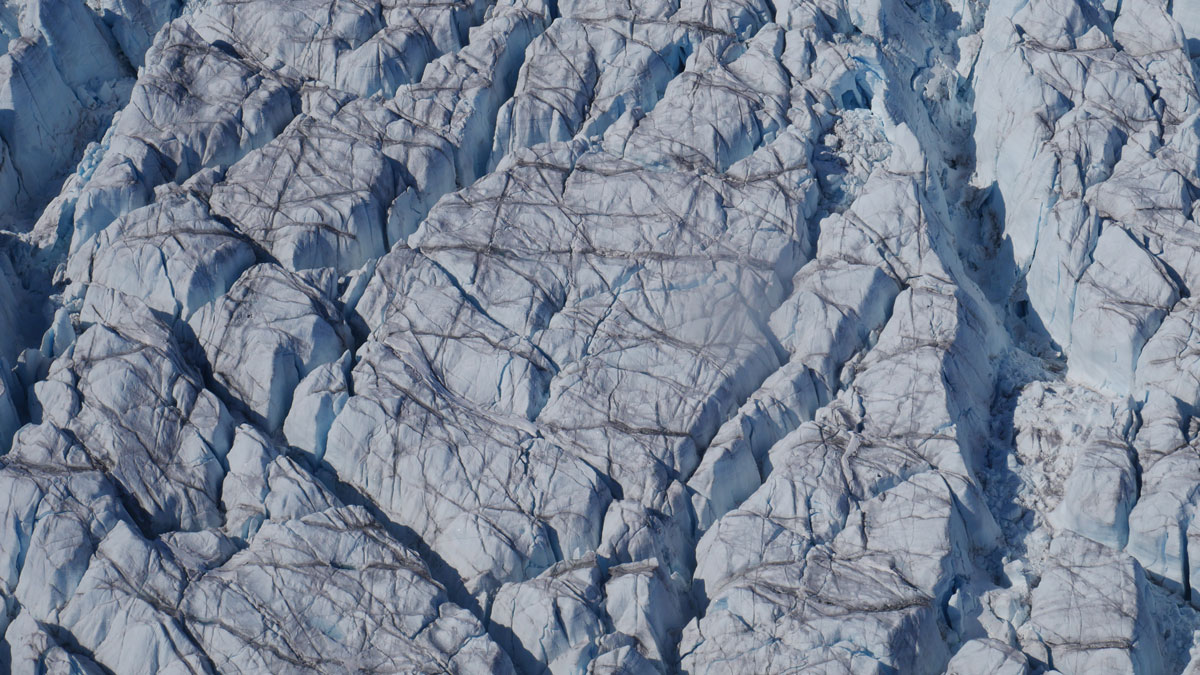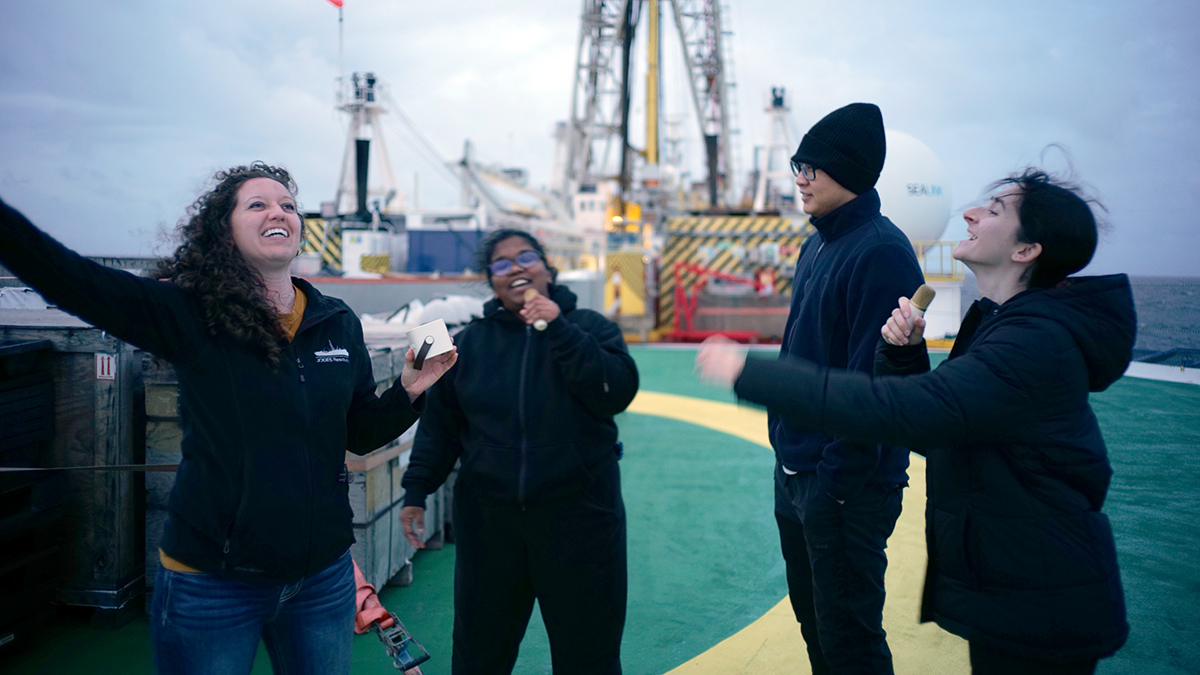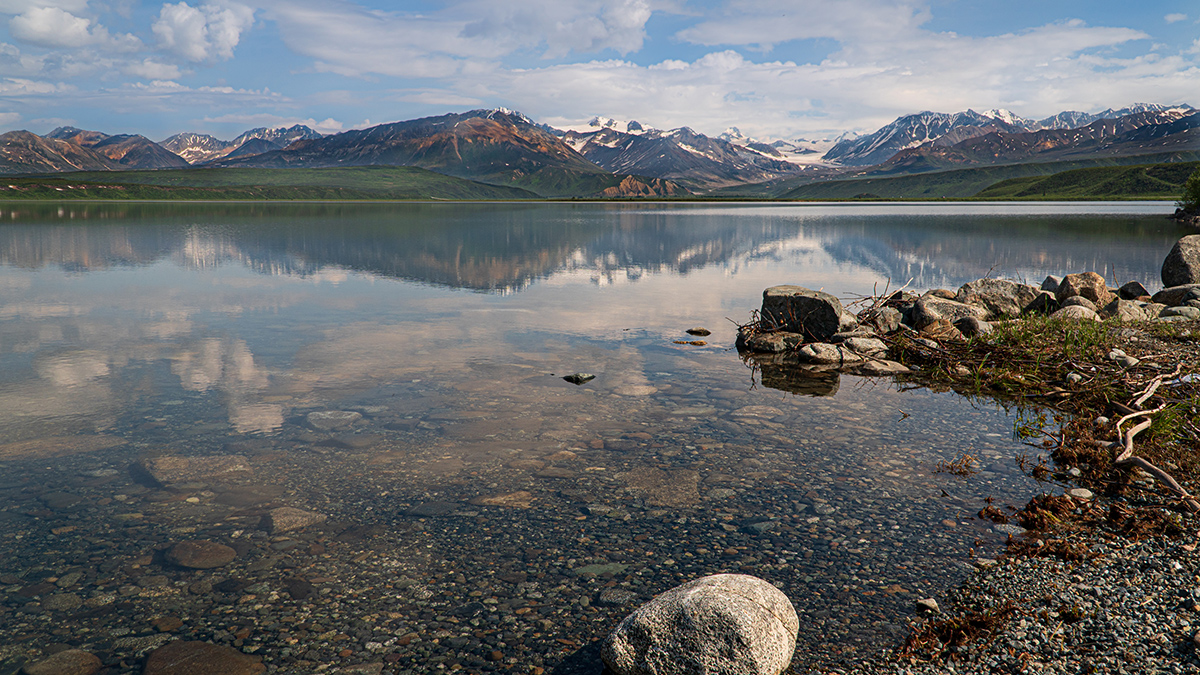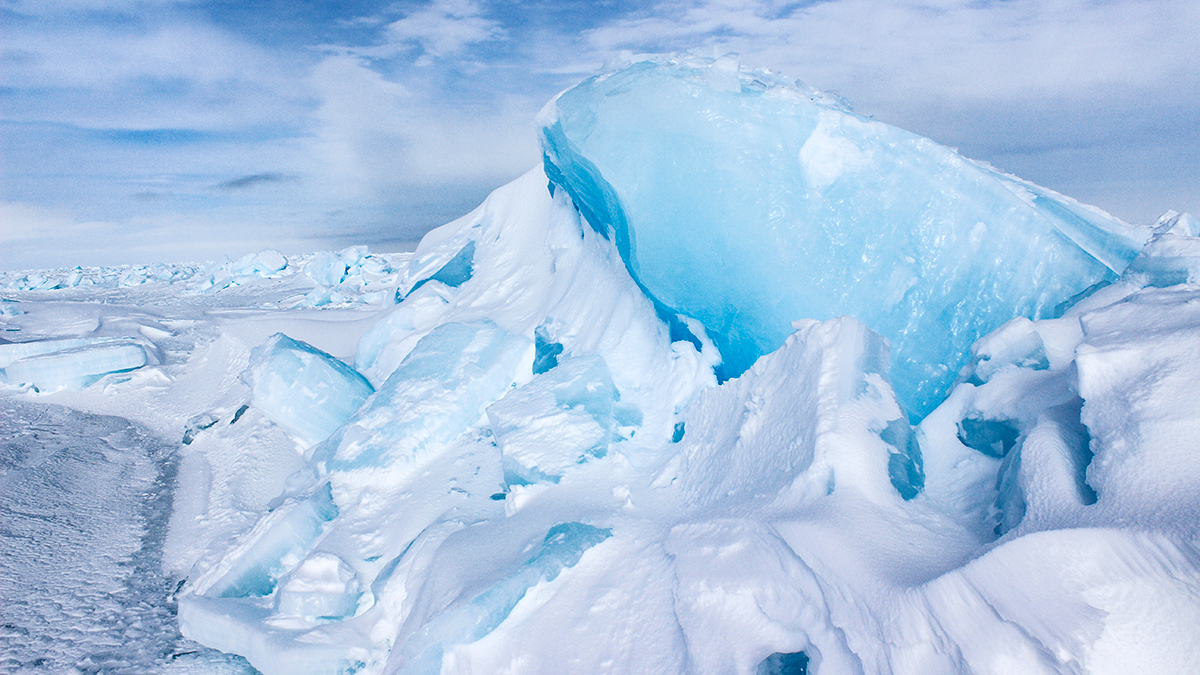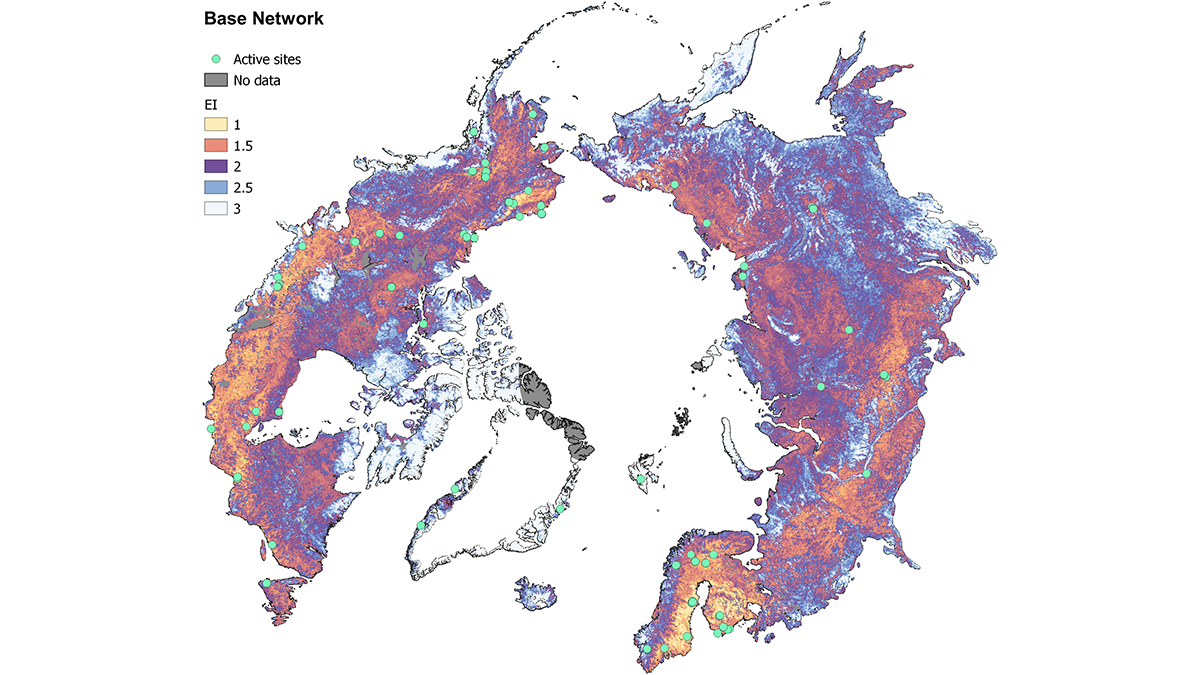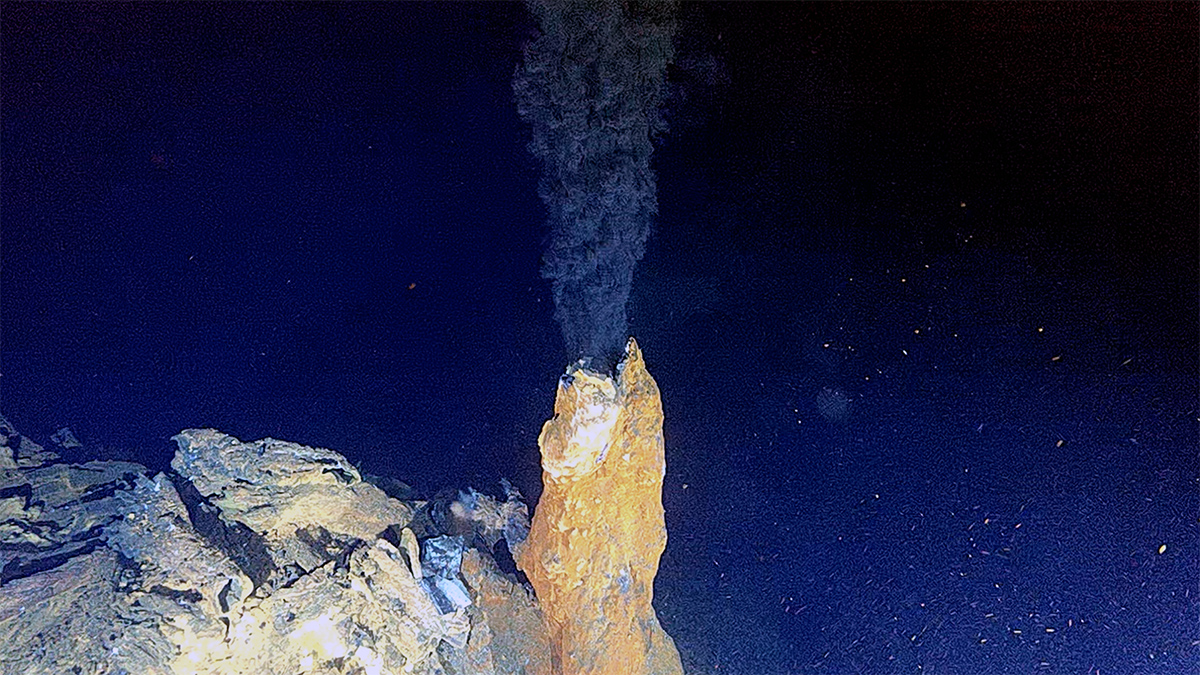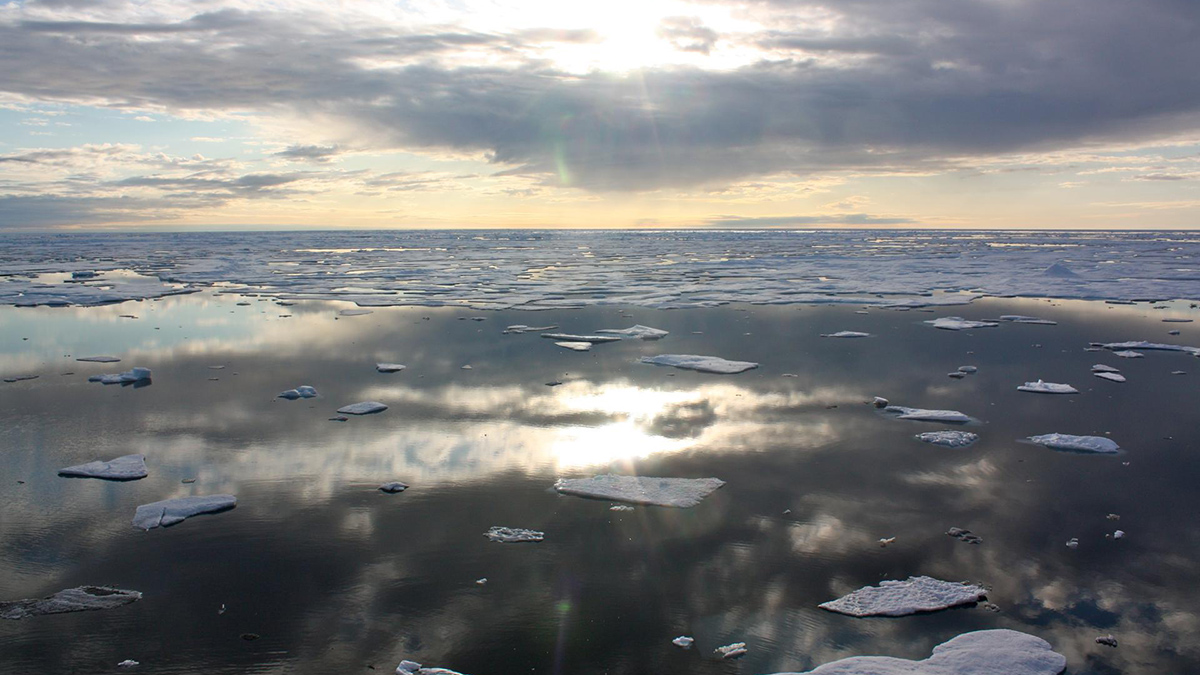High-resolution 3D maps show crevasse volume is increasing across most of the Greenland Ice Sheet as it accelerates toward the ocean, which could affect future ice loss and sea level rise.
Arctic
Extreme Heat and Rain Turned These Arctic Lakes Brown
Scientists are stunned by the changes in multiple Arctic lakes, all transforming in the same way.
Expedition 403: Sailing the Last Expedition of the JOIDES Resolution
Early-career geoscientists share melancholy memories about hard science and intangible networks of collaboration.
Alaska’s Lakes and Ponds Reveal Effects of Permafrost Thaw
A new dataset provides a powerful method for easily tracking changes in permafrost.
Arctic Ice Is Getting Smoother and Moving Faster
A decrease in pressure ridges over the past 3 decades is making the ice more uniform, with unclear consequences.
Filling the Gaps: Context and Design of Arctic Carbon Flux Measurement Networks
Large scale observational networks are necessary for understanding the impact of a warming climate in the Arctic, but critical tools are crucial to how those networks are designed.
Fast Adept Sea Ice Forecasts
Artificial intelligence facilitates an efficient, skillful surrogate of a coupled Arctic sea ice prediction model using generative diffusion.
Arctic Hydrothermal Vents May Resemble Those on Enceladus
By studying hydrogen-rich vent sites on Earth, scientists could learn more about the hidden ocean of Saturn’s icy moon—one of our solar system’s likeliest candidates for harboring life beyond Earth.
Another Hot Arctic Year Indicates a New Climate Regime
NOAA’s annual Arctic Report Card illustrates a warmer, wetter, and increasingly wonky Arctic climate.
Snowmelt Sends Caribou Packing
Researchers compared caribou tracking data with satellite observations to learn whether snowpack conditions trigger the animals’ arduous annual migration.

